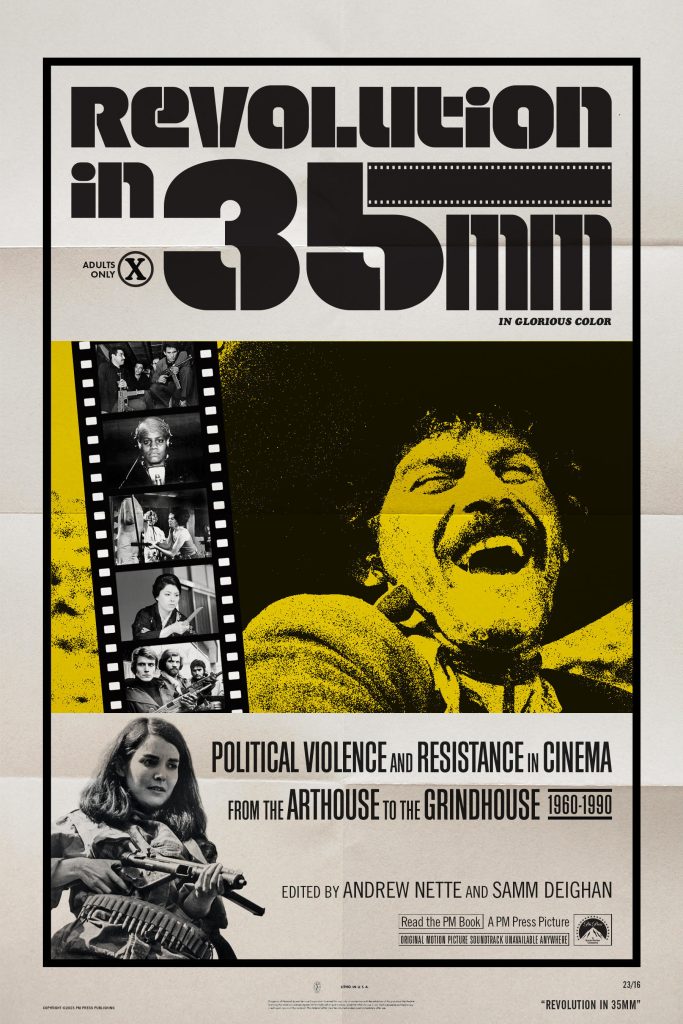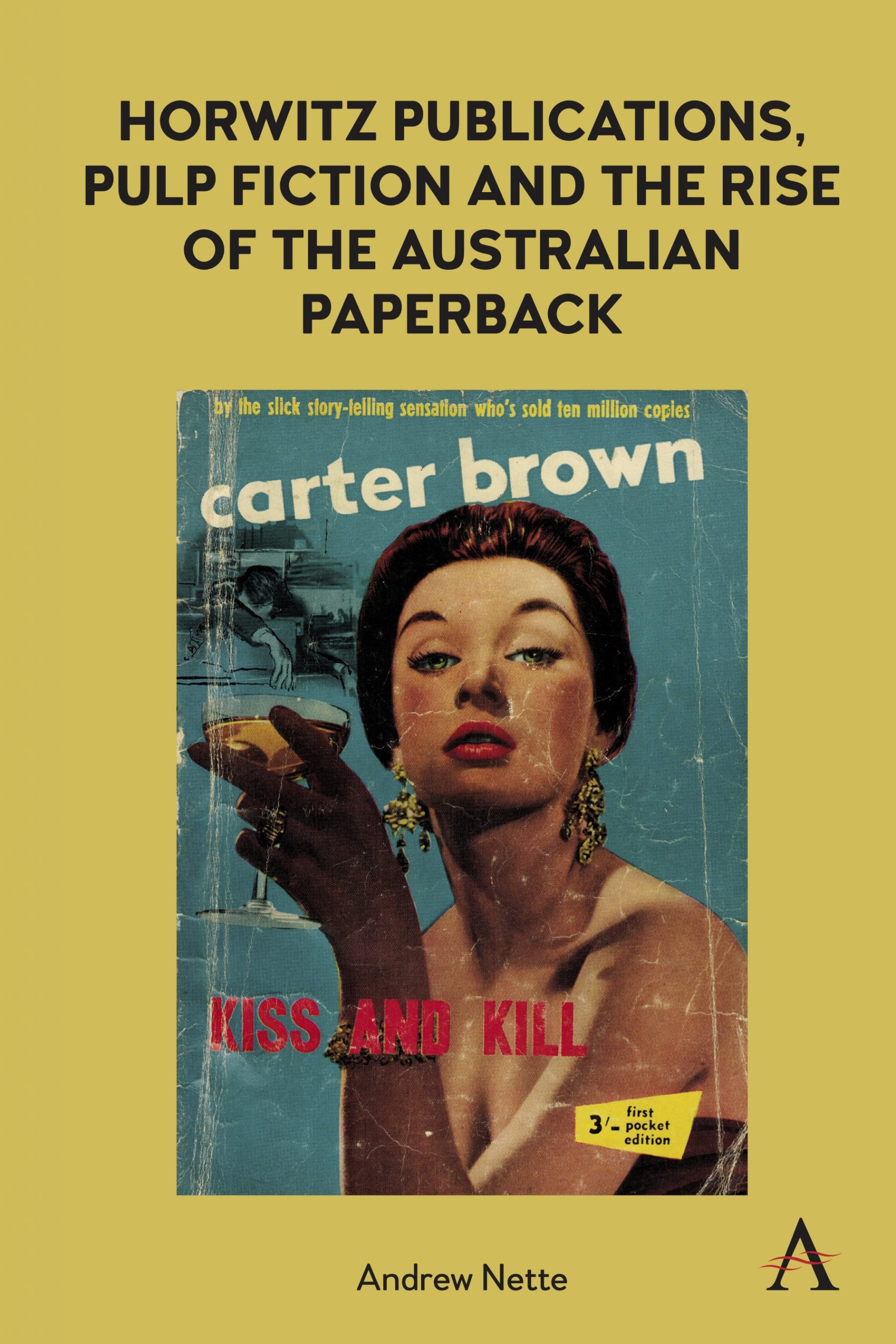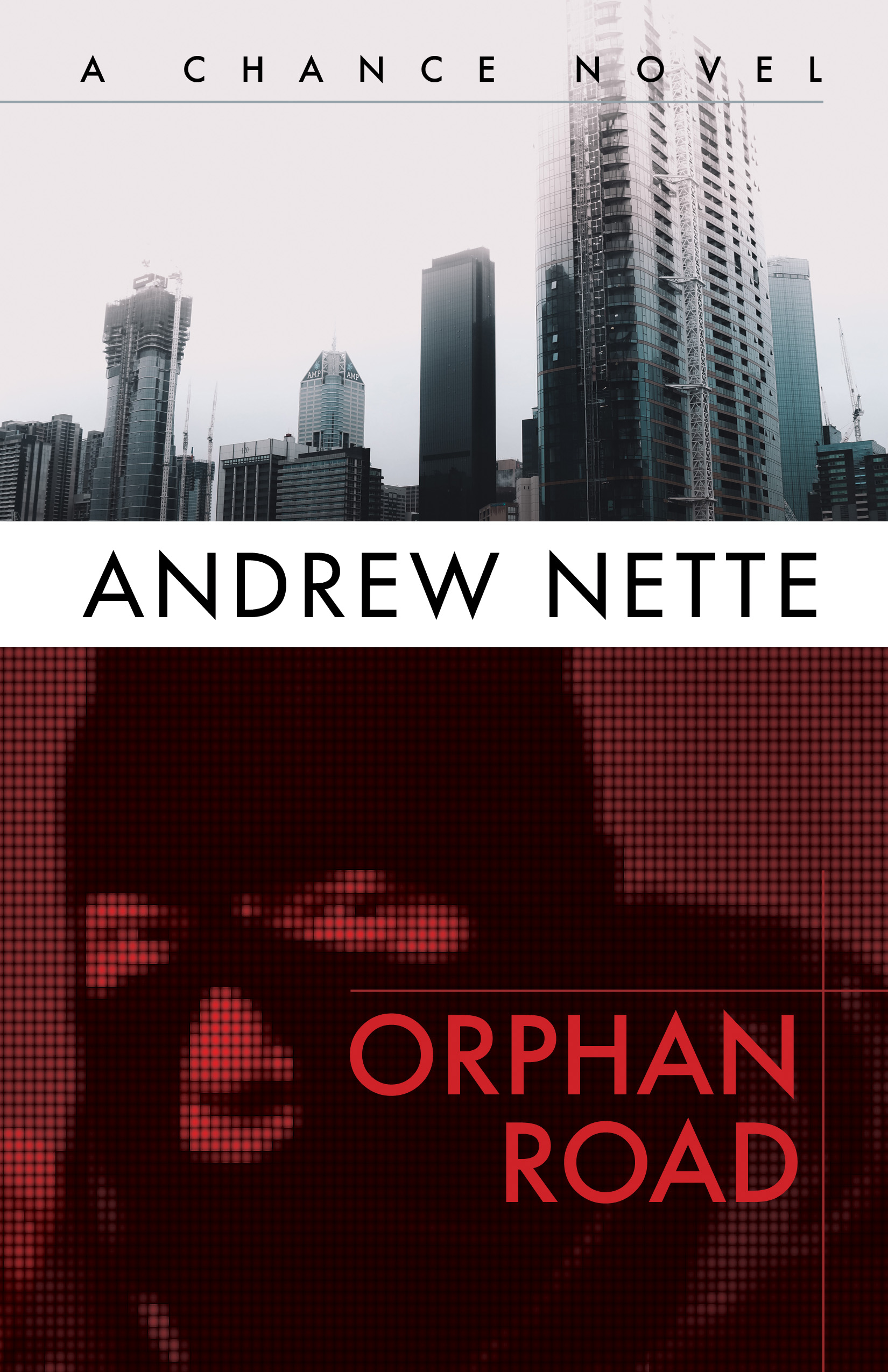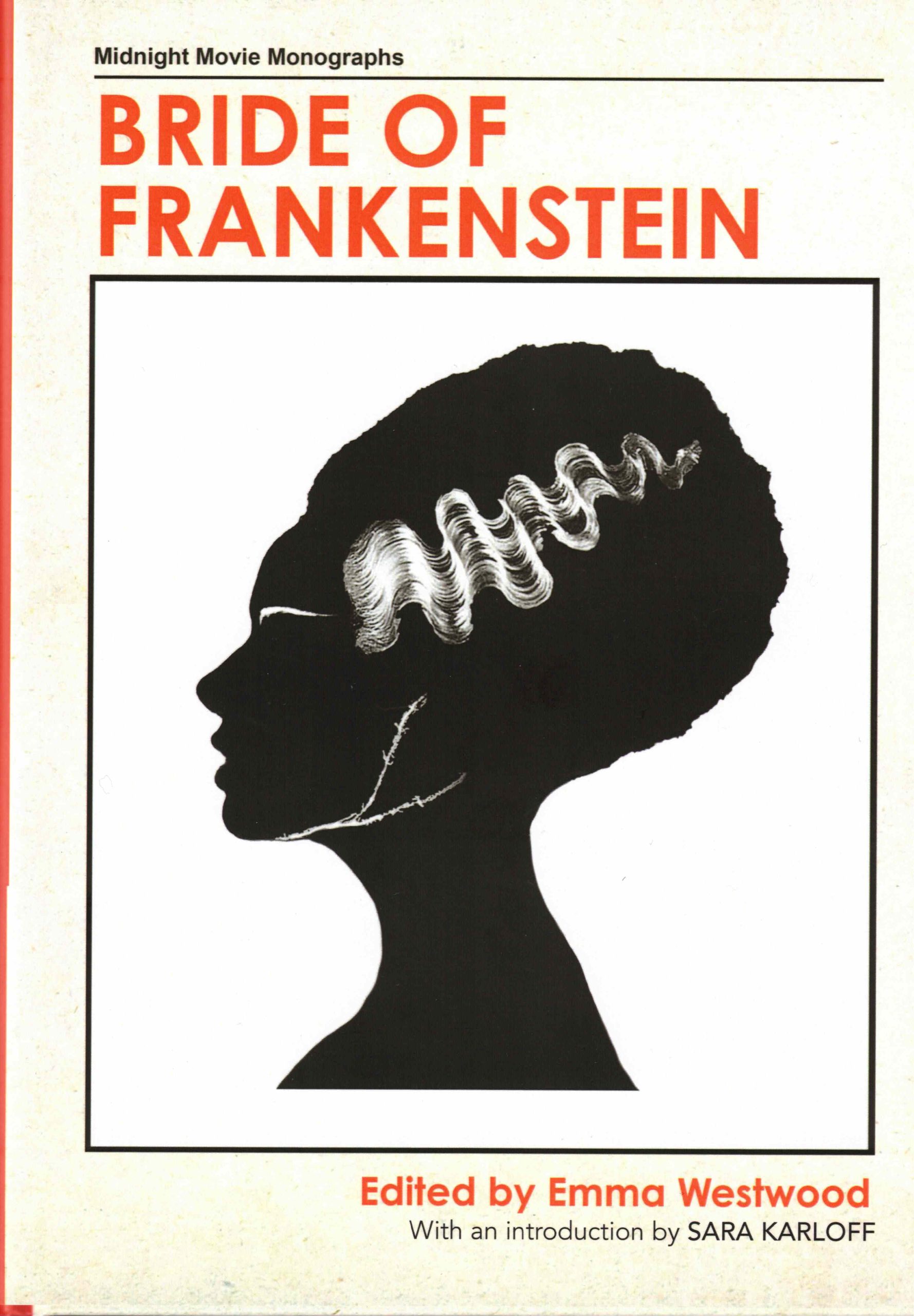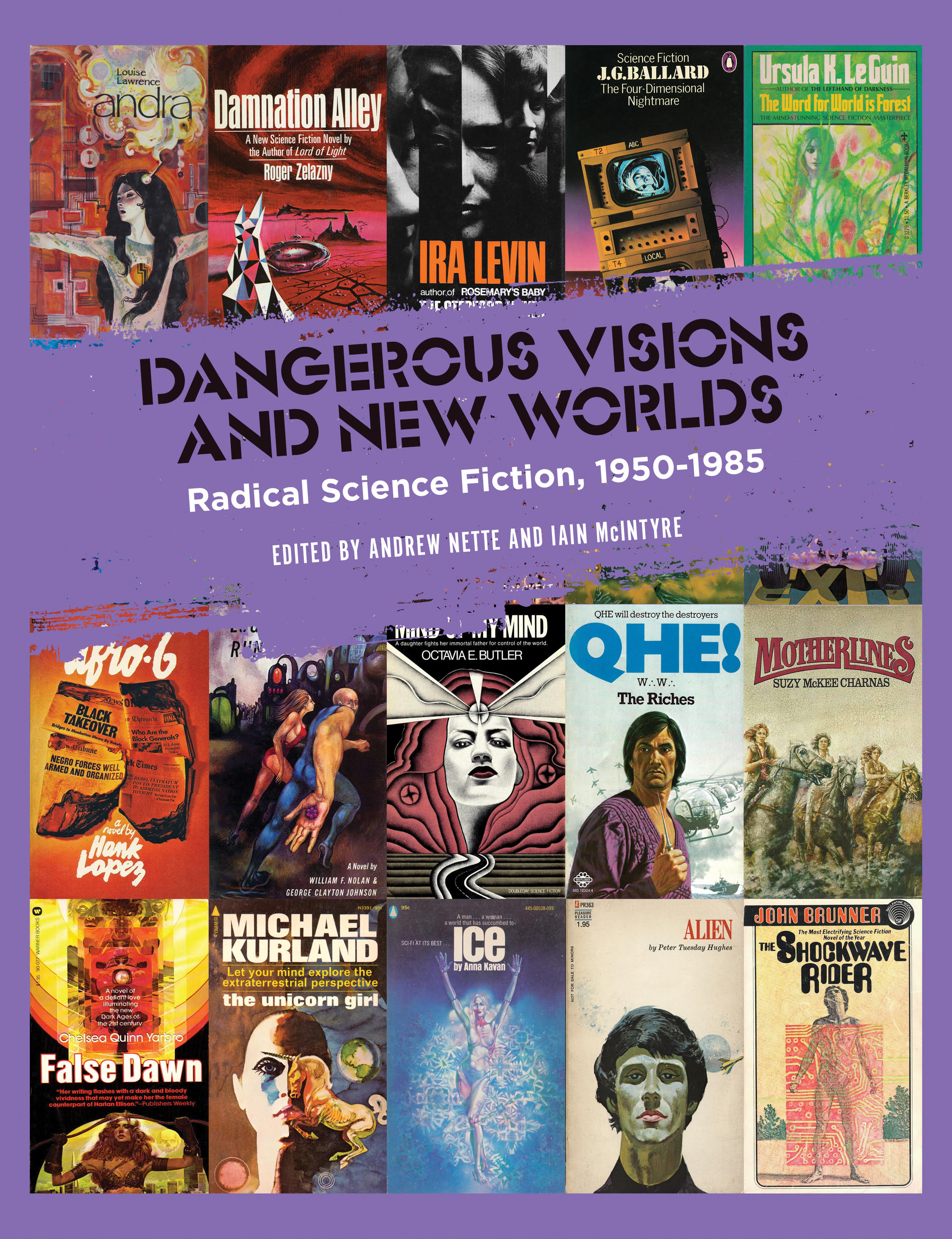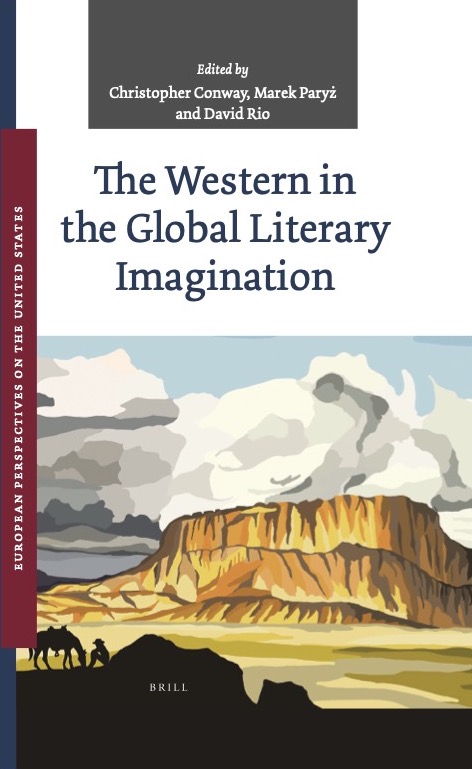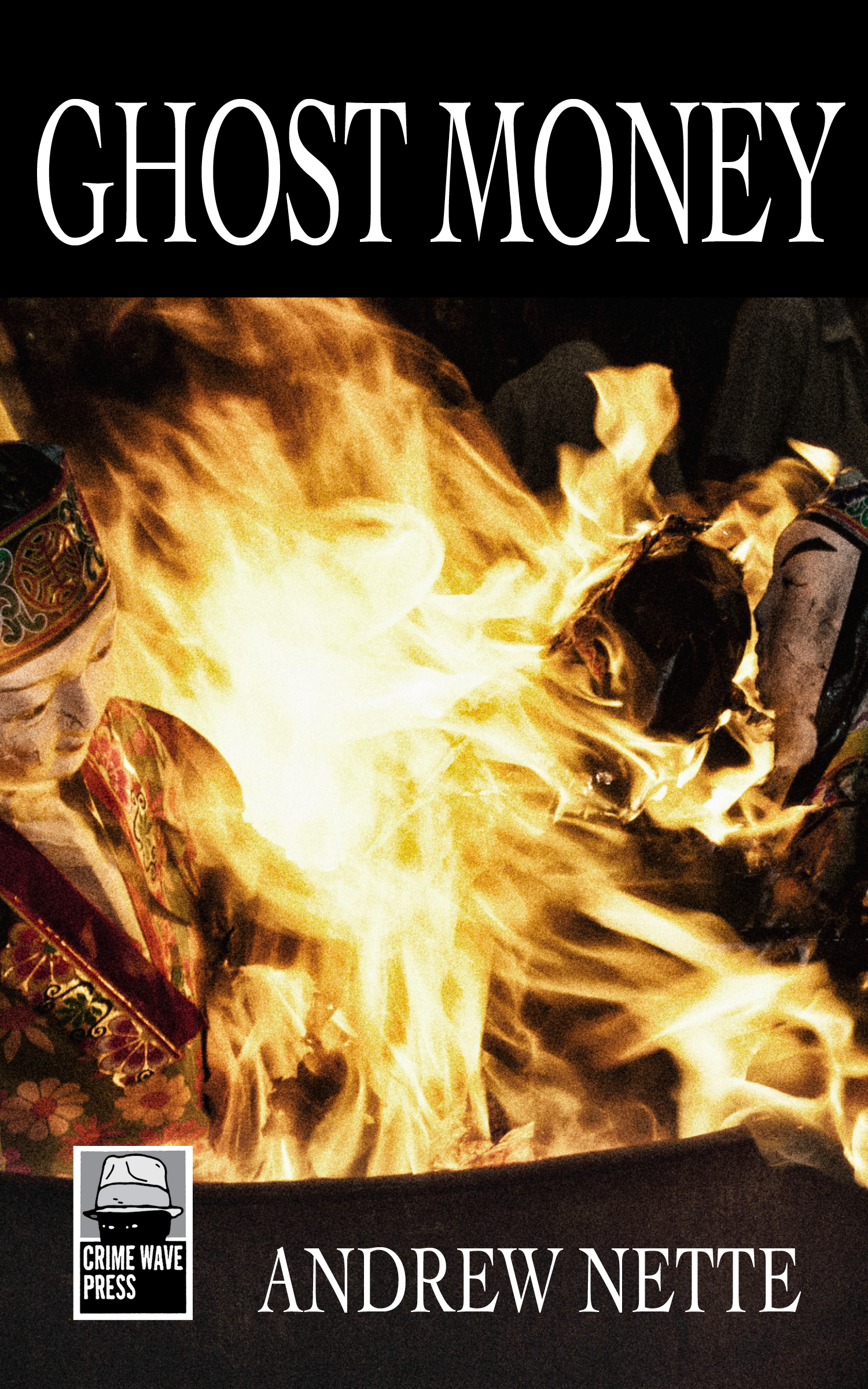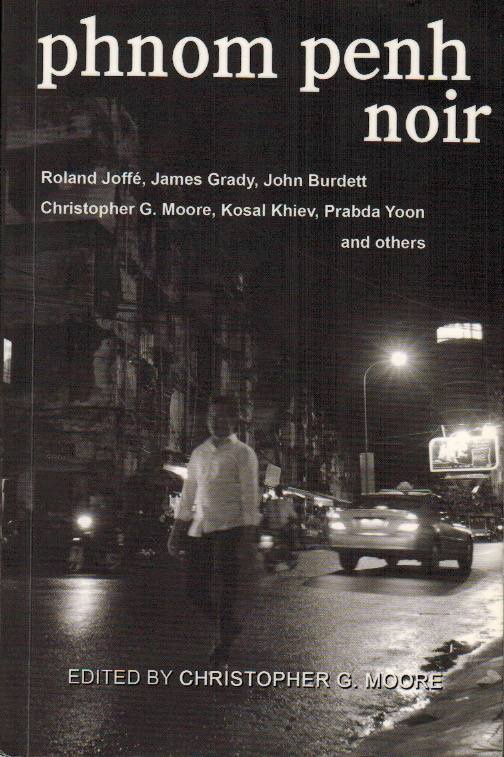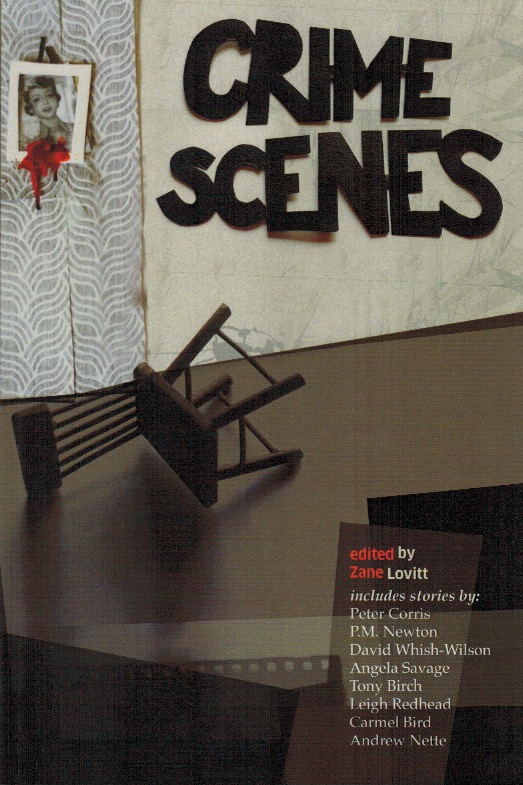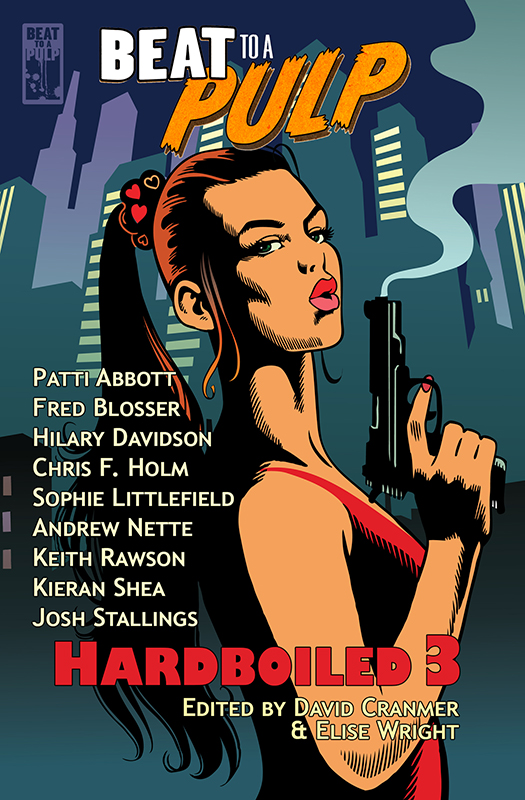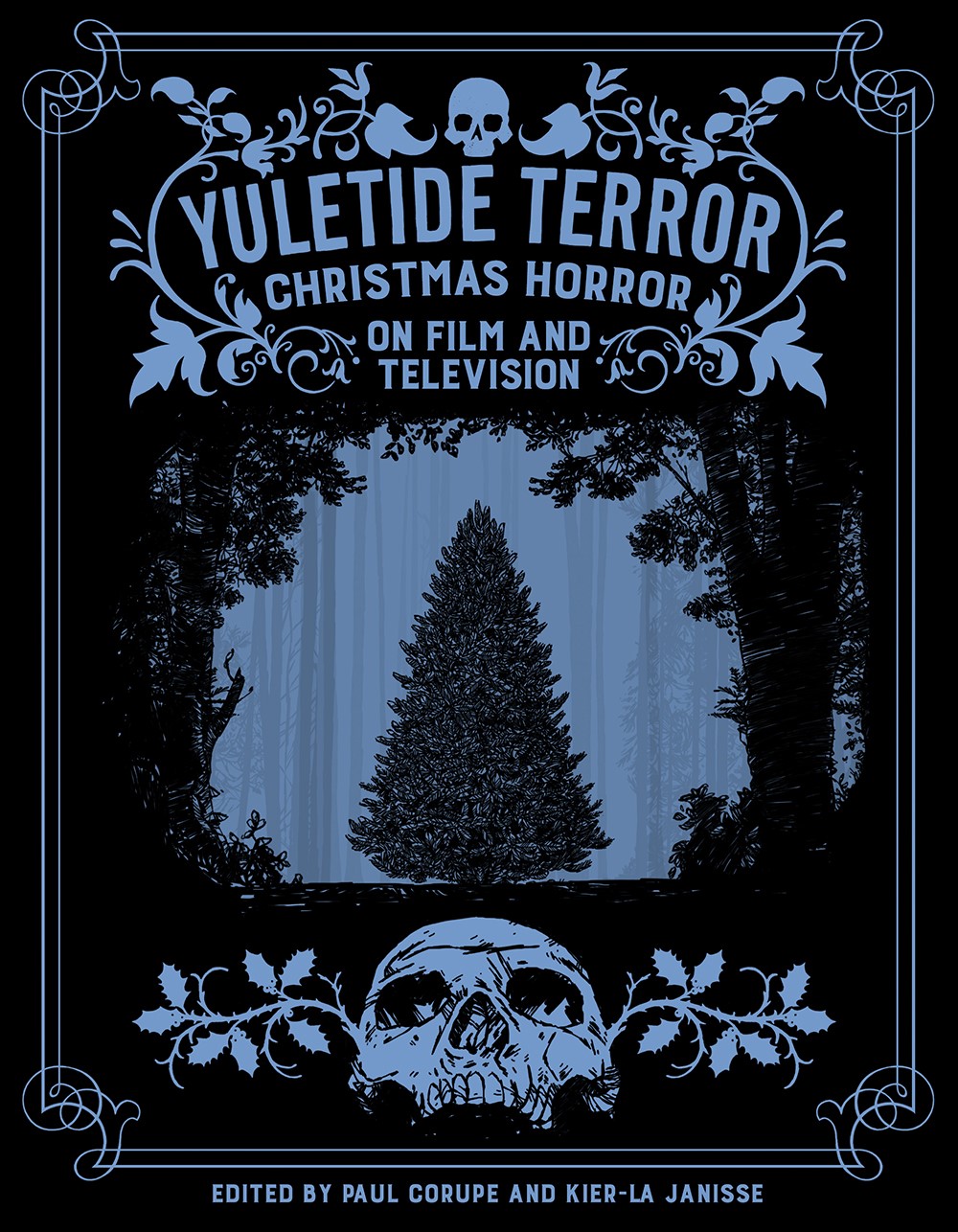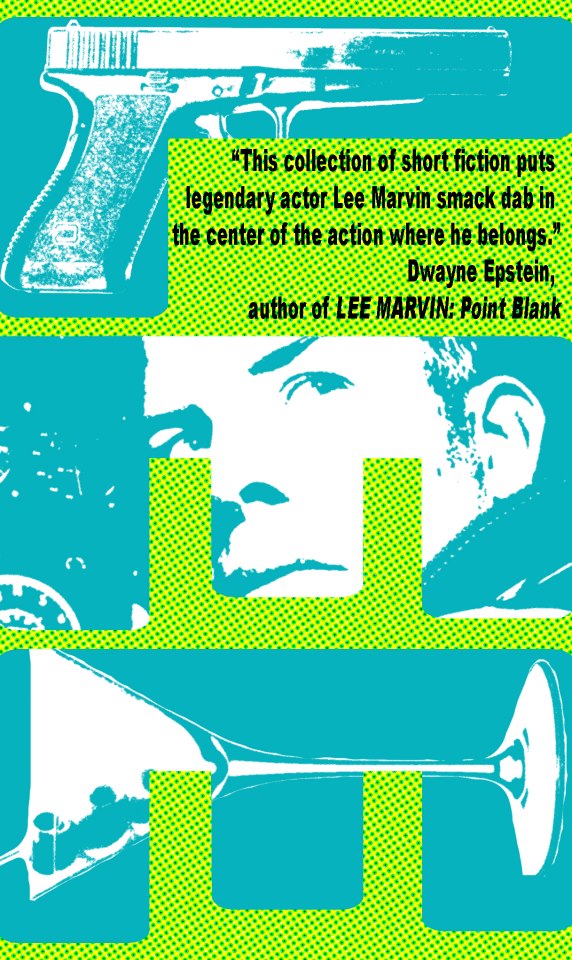Search
-
Recent Posts
- Dishing up Pulp Curry in a new way: why I am starting a Substack newsletter
- Book reviews: Deadly dames, midcentury Brit pulp and 1970s science fiction
- Mackenna’s Gold (1969): Gold, Ghosts and Frontier Violence
- Orphan Road book launch
- Orphan Road now available
- Pre-orders open for my new novel, Orphan Road
- Cover reveal: Orphan Road, my follow up to Gunshine State
- Breakfast in the Ruins podcast: New English Library Bikermania
- Why 1973 was the year Sidney Lumet took on police corruption
- Men’s Adventure Quarterly: Gang Girls issue
Categories
- 1960s American crime films
- 1970s American crime films
- 1980s American crime films
- 1990s American crime films
- Adrian McKinty
- Albert Dekker
- Andre De Toth
- Angela Savage
- Angie Dickinson
- Anthony Zerbe
- Asian noir
- Australian crime fiction
- Australian crime film
- Australian noir
- Australian popular culture
- Australian pulp fiction
- Australian television history
- Ava Gardner
- Beat culture
- Belmont Tower Books
- Ben Wheatley
- Billie Whitelaw
- Black pulp fiction
- Blaxsploitation
- Book cover design
- Book Reviews
- British crime cinema
- British pulp fiction
- Bryan Brown
- Burt Lancaster
- Carter Brown
- Charles Durning
- Charles Willeford
- Chester Himes
- Christopher G Moore
- Christopher Lee
- Cinema culture
- Claude Atkins
- Coronet Books
- Crawford Productions
- Crime Factory
- Crime Factory Publications
- Crime fiction
- Crime fiction and film from Africa
- Crime fiction and film from Cambodia
- Crime fiction and film from China
- Crime fiction and film from India
- Crime fiction and film from Indonesia
- Crime fiction and film from Japan
- Crime fiction and film from Laos
- Crime fiction and film from Latin and Central America
- Crime fiction and film from Malaysia
- Crime fiction and film from New Zealand
- Crime fiction and film from Scandinavia
- Crime fiction and film from Singapore
- Crime fiction and film from South Korea
- Crime fiction and film from Thailand
- Crime fiction and film from the Philippines
- Crime Fiction and film set in Vietnam
- Crime film
- Dangerous Visions and New Worlds Radical Science Fiction 1950 to 1985
- David Goodis
- David Peace
- David Whish-Wilson
- Derek Raymond
- Diana Dors
- Dirk Bogarde
- Don Siegel
- Don Winslow
- Donald Westlake aka Richard Stark
- Dystopian cinema
- Ernest Borgnine
- Eurocrime
- Fawcett Gold Medal Books
- Femme fatale
- Fernando Di Leo
- Filipino genre films
- Film Noir
- Forgotten Melbourne
- French cinema
- French crime fiction
- Garry Disher
- Gene Hackman
- George V Higgins
- Georges Simenon
- Ghost Money
- Giallo cinema
- Gil Brewer
- Girl Gangs, Biker Boys and Real Cool Cats: Pulp Fiction & Youth Culture, 1950-1980
- Gloria Grahame
- Gold Star Publications
- Gregory Peck
- Gunshine State
- Heist films
- Horror
- Horwitz Publications
- Humphrey Bogart
- Ian Fleming
- Interviews
- Ira Levin
- James Caan
- James Crumley
- James Ellroy
- James Hadley Chase
- James Woods
- Jim Brown
- Jim Thompson
- Joel Edgerton
- John Frankenheimer
- Joseph Losey
- Karen Black
- Kerry Greenwood
- Kinji Fukasaku
- Larry Kent
- Laura Elizabeth Woolett
- Lee Marvin
- Leigh Redhead
- Lindy Cameron
- M Emmet Walsh
- Mad Max
- Mafia
- Malla Nunn
- Martin Limon
- Megan Abbott
- Melbourne International Film Festival
- Melbourne Writers Festival
- Men's Adventure Magazines
- Michael Caine
- Michael Fassbender
- Mickey Spillane
- Monarch Books
- Ned Kelly Awards
- Neo Noir
- New English Library
- Newton Thornburg
- Noir Con
- Noir fiction
- Non-crime reviews
- Oren Moverman
- Orphan Road
- Ozsploitation
- Pan Books
- Parker
- Paul Newman
- Peter Boyle
- Peter Corris
- Peter Strickland
- Peter Yates
- Poliziotteschi
- Pulp fiction
- Pulp fiction in the 70s and 80s
- Pulp fiction set in Asia
- Pulp Friday
- Pulp paperback cover art
- Qui Xiaolong
- Raymond Chandler
- Richard Burton
- Richard Conte
- Robert Aldrich
- Robert Mitchum
- Robert Ryan
- Robert Stone
- Rock Hudson
- Roger Smith
- Rollerball
- Rosaleen Norton
- Roy Scheider
- Rural noir
- Sam Levene
- Sam Peckinpah
- Samuel Fuller
- Science fiction and fantasy
- Scripts Publications
- Sidney Lumet
- Sidney Poitier
- Simon Harvester
- Snowtown
- Snubnose Press
- Spies
- Stanley Baker
- Sterling Hayden
- Steve McQueen
- Sticking it the the Man Revolution and Counter Culture in Pulp and Popular Fiction 1950 1980
- Stuart Rosenberg
- Tandem Books
- Tart noir
- Tartan Noir
- Ted Lewis
- Toni Johnson Woods
- True crime
- Vicki Hendricks
- Victor Mature
- Vintage mug shots
- Vintage pulp paperback covers
- Wallace Stroby
- War film
- Westerns
- William Friedkin
- Woody Strode
- Yakuza films
- Yaphet Kotto
Nothing but noir
Recommended reading
The lurid world of pulp
- 20th century Danny Boy
- American Pulps
- Bear Alley
- Bloody, Spicy, Books
- Comics Down Under
- Everything second hand
- Existential Ennui
- Greenleaf Classic Books
- Irv O. Neil's Erotica is My Trade
- Killer Covers
- Lost Classics of Teen Lit 1939-1989
- Luminist Archives
- Men's Pulp Mags
- Mporcius Fiction Log
- Murder, Mayhem and Long Dogs
- Neglected Books
- Nocturnal Revelries
- Paperback Warrior
- Paperbacks of the Gods
- Pop Sensation
- Pulp artists
- Pulp Covers
- Pulp Crazy
- Pulp Flakes
- Pulp International
- Pulp Magazines Project
- Pulp Serenade
- Realms of the Night
- Romance Fiction Has a History
- Rough Edges
- Sin Street Sleaze
- Spy Guys and Gals
- The department of Afro American Research Arts & Culture
- The Dusty Bookcase
- The Haunted World of Richard Sala
- The Moon Lens
- The Nick Carter & Carter Brown Blog
- The Pulp & Paperback Fiction Reader
- Too Much Horror Fiction
- True Pulp Fiction
- Vault of Horror
- Vintage Nurse Romance Novels
- Vintage Romance Novels
- Welcome to the Pan Paperback
- Yellow and Creased
Support This Site
If you like what I do please support me on Ko-fi
Tag Archives: James Hadley Chase
Book reviews: Deadly dames, midcentury Brit pulp and 1970s science fiction
Yes, it’s been a while since my last post, and during this time a few pulp and popular fiction related studies have come across my radar that I’m very keen to let Pulp Curry readers know about.
The first is of these is The Trials of Hank Janson by Steve Holland. If you are not familiar with Steve’s work then you need to rectify that and a good way to do this is to visit his site Bear Alley, where you will find a wealth of writing about British comics and pulp fiction. The second step is to pick up a copy of The Trials of Hank Janson, a slightly expanded reissue of a book originally published by Holland in 2004, when it shortlisted for the prestigious Gold Dagger Award by the UK Crime Writers’ Association.
Janson was one of the most successful British pulp writers of the 1940s and early 1950s. His books during this time were violent faux American crime tales in a similar vein to the work of James Hadley Chase and Australia’s Carter Brown: gritty gangster tales, full of American slang and detail, set in large American cities such as Chicago or New York. In the UK context, these books were part of a much larger wave of faux American crime fiction that swept the country in the postwar period (a trend which I wrote about for US site CrimeReads here).… Read more
Posted in Australian crime fiction, Book cover design, Book Reviews, British crime cinema, British pulp fiction, Carter Brown, Dangerous Visions and New Worlds Radical Science Fiction 1950 to 1985, James Hadley Chase, Men's Adventure Magazines, Pulp fiction, Pulp Friday, Pulp paperback cover art, Science fiction and fantasy, Vintage pulp paperback covers
Tagged 1950-1985, Adam Rowe, Carter Brown aka Alan Yates, Claudia Lesser, Dangerous Visions and New Worlds: Radical Science Fiction, Dashiell Hammett, Elaine Reynolds, faux American crime fiction, Hank Janson, Horace McCoy, James Hadley Chase, John D MacDonald, Johnny Liddell, Lisa Karen, men’s adventure magazines, Raymond Chandler, Ron Lesser, skeletons in space suits, Stephen Daniel Frances, Steve Holland, The Art of Ron Lesser Vol 1: Deadly Dames and Sexy Sirens, W. R. Burnett, Worlds Beyond Time: Sci-Fi Art of the 1970s
My top 10 British gangster films

One of my favourite British gangster films, Mike Hodges’s Get Carter, is 50 years old. It premiered in the UK in the northern British city of Newcastle, where it was filmed, on March 7, and in the US on March 18. I have penned a piece for a prominent crime fiction/related site on the influence of Get Carter on crime cinema, but am not exactly sure when this will come out. For now, I thought the film’s half century anniversary was as good a time as any to hit you with my top 10 British gangster films.
They Made Me a Fugitive (1947)
I wrote about They Made Me a Fugitive in some length on this site here. It was one of a trio of early post-war British gangster films that caused a stir with censors, the others being No Orchids for Miss Blandish and Brighton Rock, both of which appeared in 1948. Fugitive stars Trevor Howard as Clem Morgan, a demobbed Royal Air Force pilot who reluctantly joins a criminal gang headed by a flash gangster with a very nasty streak, Narcy, but baulks when his discovers his new employer is into drug trafficking. What I love about this film, and the aspect that attracted the most critical condemnation when it first appeared, is its depiction of the poverty and desperation of post-war British life.… Read more
Posted in Billie Whitelaw, British crime cinema, British pulp fiction, Crime film, Heist films, James Hadley Chase, Joseph Losey, Michael Caine, Peter Yates, Richard Burton, Stanley Baker, True crime
Tagged Alfred Dimer, Billie Whitelaw, Billy Whitelaw, Bob Hoskins, British crime film, Get Carter (1971), Helen Mirren, James Hadley Chase, Joanna Pettet, John Guillermin, John McVicar, Jonathan Glazer, McVicar (1980), Mike Hodges, Never let Go (1960), No Orchids for Miss Blandish (1948), Peter Sellers, Peter Yates, Richard Burton, Robbery (1967), Roger Daltry, Sexy Beast (2000), Stanley Baker, Stephen Berkoff, The Criminal (1960), The Great Training Robbery, The Krays (1990), The Long Goodbye (1973), They Made Me A Fugitive (1947), Trevor Howard, Villain (1971)
“Every headlight’s a police car, every shadow is a cop”: Kiss the Blood Off My Hands (1948)

I have been writing a bit this year on the phenomenal popularity of faux American crime fiction in post-war culture in places like Australia and Great Britain. By this I mean crime fiction written and produced in these countries that not only mimicked the atmosphere and tropes of hardboiled American mystery novels and film, but was set in mythical versions of big American cities, such as New York, Chicago and Los Angeles. This fiction, for example many of the books written by Australian crime fiction author Alan Yates aka Carter Brown, was sometimes even mistaken for the genuine thing.
One of the countless cultural offshoots of the United States’ emergence as the dominant global power after World War II, the success of faux American crime fiction is often associated with the wide penetration of film noir and American writers such as Mickey Spillane. But as I wrote in this piece on the popularity of the controversial 1939 James Hadley Chase novel, No Orchids for Miss Blandish, its roots go much deeper; the influence of pre-war writers such as Dashiell Hammett, Raymond Chandler and W. R Burnett. Also the private detective and mystery fiction contained in the mass-produced American pulp fiction magazines that flooded into markets such as Australia and Great Britain in the 1930s.… Read more
Posted in Australian pulp fiction, British crime cinema, British pulp fiction, Burt Lancaster, Crime fiction, Crime film, Film Noir, James Hadley Chase, Mickey Spillane, Noir fiction, Pulp fiction, Pulp paperback cover art
Tagged Carter Brown, faux American crime fiction, Gerald Butler, Harold Hecht, James Hadley Chase, Joan Fontaine, Jules Dassin, Kiss the Blood off My Hands (1948), Mickey Spillane, Night and the City (1950), Robert Newton, The Unafraid
Pulp Friday: No Orchids for Miss Blandish

‘In 1939, amidst violence and wartime shortages, one hardboiled noir took the nation by storm, provoked moral outrage, and inspired legions of imitators.’
My latest piece for the CrimeReads site is a look at the popularity and controversy around James Hadley Chase’s 1939 blockbuster, No Orchids for Miss Blandish. You can read my story in full at the CrimeReads site here.
The article is a sequel of sorts to a story I did back in April on the popularity of mid-century faux American crime fiction in Australia and the career of one of the country’s least known most successful crime writers, Alan Yates, who wrote under the pseudonym, Carter Brown. A link to the full piece is here.
Posted in 1970s American crime films, Australian crime fiction, Australian pulp fiction, British crime cinema, British pulp fiction, Crime fiction, Film Noir, James Hadley Chase, Pulp fiction, Pulp fiction in the 70s and 80s, Pulp Friday, Pulp paperback cover art, Vintage pulp paperback covers
Tagged British crime fiction, faux American crime fiction, hardboiled crimefiction, I the Jury (1947), James Hadley Chase, Mickey Spillane, mid-century crime fiction, No Orchids for Miss Blandish, Rene Lodge Brabazon Raymond
They Made Me a Fugitive

I recently wrote a yet to be published article on the critical furore that greeted the 1939 James Hadley Chase book, No Orchids for Miss Blandish, and the 1948 film version. Among my research was an article by British film academic James Chapman which discussed the film version of No Orchids as part of a cycle of British crime films that drew severe condemnation from censors, moralists and film critics for their depiction of sex and violence and their bleak take on post-war British life. Another was the 1948 adaptation of Graham Greene’s Brighton Rock. But it was the first of this cycle, appearing in 1947, that I had not seen and only vaguely heard about, They Made Me a Fugitive or I Became a Criminal, the title it was released under in the United States.
Fugitive stars Trevor Howard as Clem Morgan, a demobbed Royal Air Force pilot who joins a criminal gang headed by a flash gangster with a very nasty streak, Narcy (Griffith Jones). Narcy runs a funeral parlour business as a front for a black-market operation, the good smuggled in the coffins. Morgan and Narcy take an instant alpha male dislike to each other. Morgan is particularly critical of Narcy’s decision to traffic in what he calls ‘sherbet’, which I think is cocaine (although this is not spelt out in the film).… Read more
Posted in British crime cinema, British pulp fiction, Crime film, Film Noir, Heist films, James Hadley Chase
Tagged 'Cavalcanti', Alberto Cavalcanti, Brighton Rock (1948), British noir cinema, Graham Greene, Griffith Jones, Jackson Budd, James Hadley Chase, No Orchids for Miss Blandish (1948), Noel Langely, Sally Gray, They Made Me A Fugitive (1947), Trevor Howard, Went the Day Well (1942)


